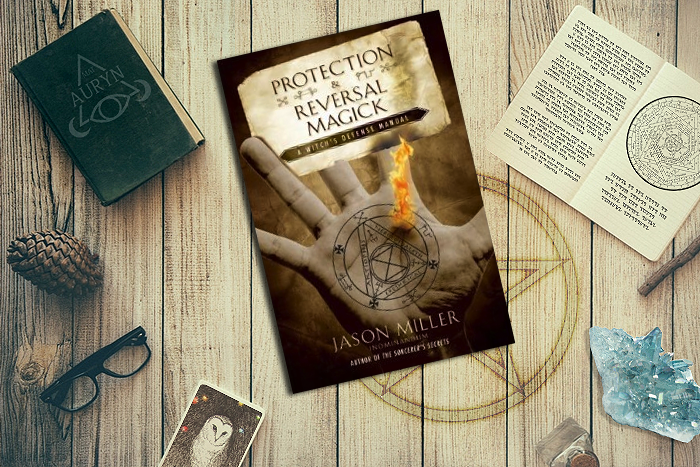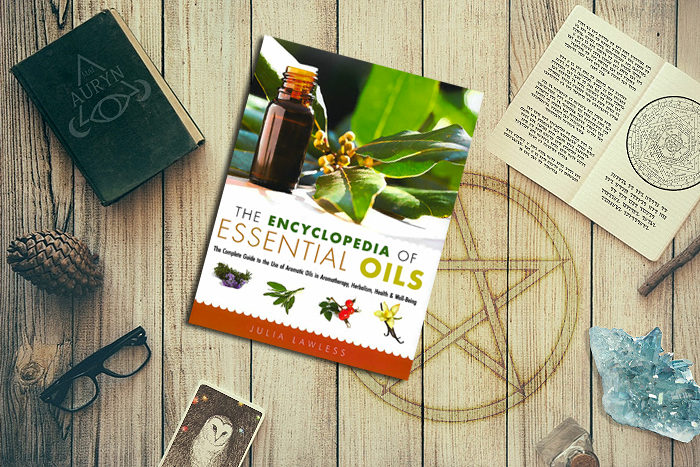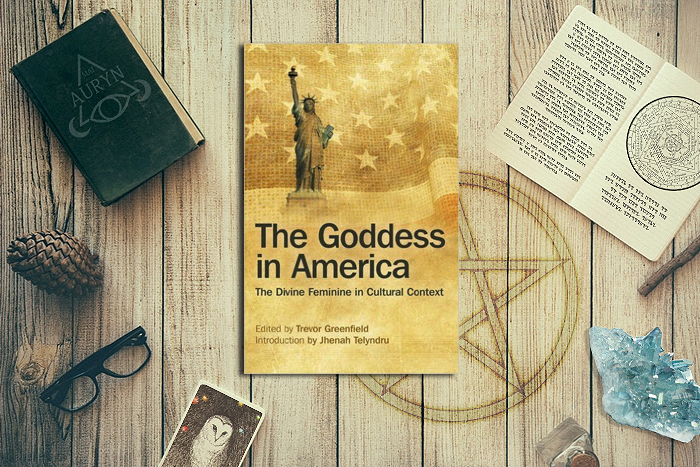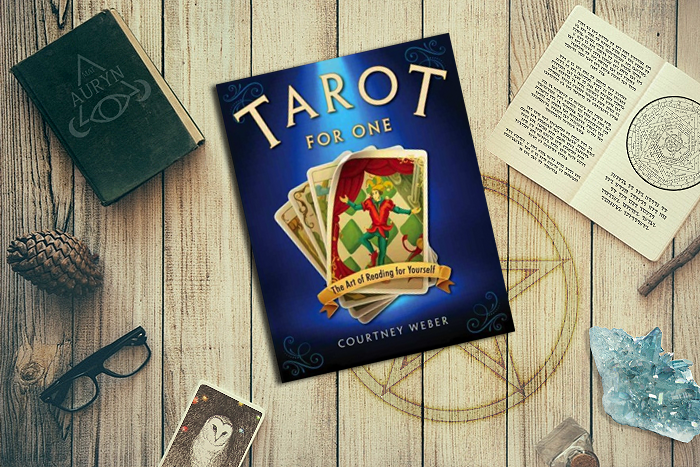There’s a lot of magickal self-defense books out there. Some are better than others but this book is my hands-down favorite. Jason Miller’s Protection and Reversal Magick: A Witch’s Defense Manual is exactly what it claims to be and more. While this may not be the best book for anyone who half-heartedly dabbles in the magickal arts, it’s a fantastic book for the more serious practitioner. Jason Miller himself is one of the occultists that I’m a huge fan of and whose work I deeply admire.
The book itself is heavily Hekate-centric, which I love. In fact, she’s essentially the main spirit worked with in this book. I particularly love that Jason doesn’t have a light understanding – or as is more common – a huge misunderstanding of Hekate. He focuses on her evolution as a more chthonic deity which occurred sometime around the 5th Century BCE, becoming one of the main spirits invoked in the Greek Magical Papyri and Curse Tablets around that time. Jason writes that “she has been identified as a goddess used in both defensive and offensive magick; a goddess both of darkness and of light. Her image, called a Hekataion, was once so prevalent as a defensive amulet that it was mentioned by Aristophanes in the Wasps as being on every door in Athens, thus making her an excellent choice as a protector. Her darker and more sinister aspects were often invoked by those seeking justice, and thus she makes an ideal goddess for reversing and counter-magick work.”
While Jason does have a great understanding of the importance of the historical Hekate throughout the ages, this doesn’t stop him from also providing some of his personal gnosis. He shares the name of four protective spirits related to Hekate that he personally received, each having the head of an animal sacred to her. These spirits are used as a protective guardian of each quarter. That being said, despite being personal unverified gnosis, they definitely come when called. I have found that these names, just as everything else in the book, work – and well at that.
Throughout the book Jason provides advice not only on protection but also on recognizing the symptoms of attack and creating early warning systems to alert you of magickal attacks. He provides methods of reversal, counter-attack, exorcism and healing. My favorite technique is “The Sphere of Hekas” which is an amazing Hekatean alternative to the more common LBRP techniques done by ceremonial magician traditions like the Golden Dawn, which is great for those like me who have a bit of a hard time or resistance connecting to the Hebrew and chanting his names. This book is not only one of my favorite books on “defense against the dark arts”, but is actually one of my favorite books in my whole library.





